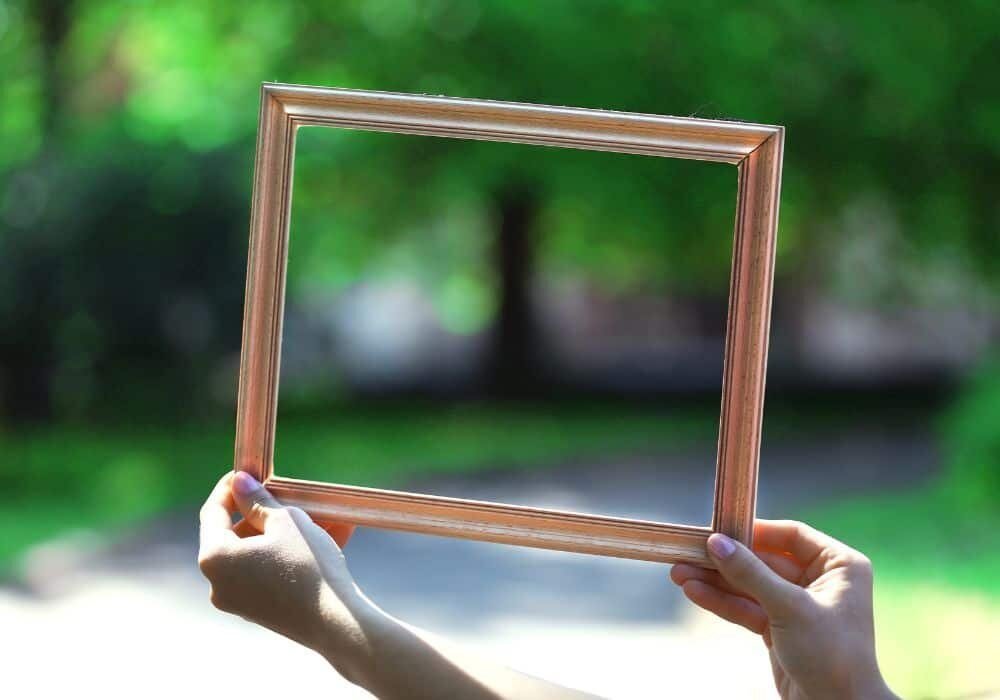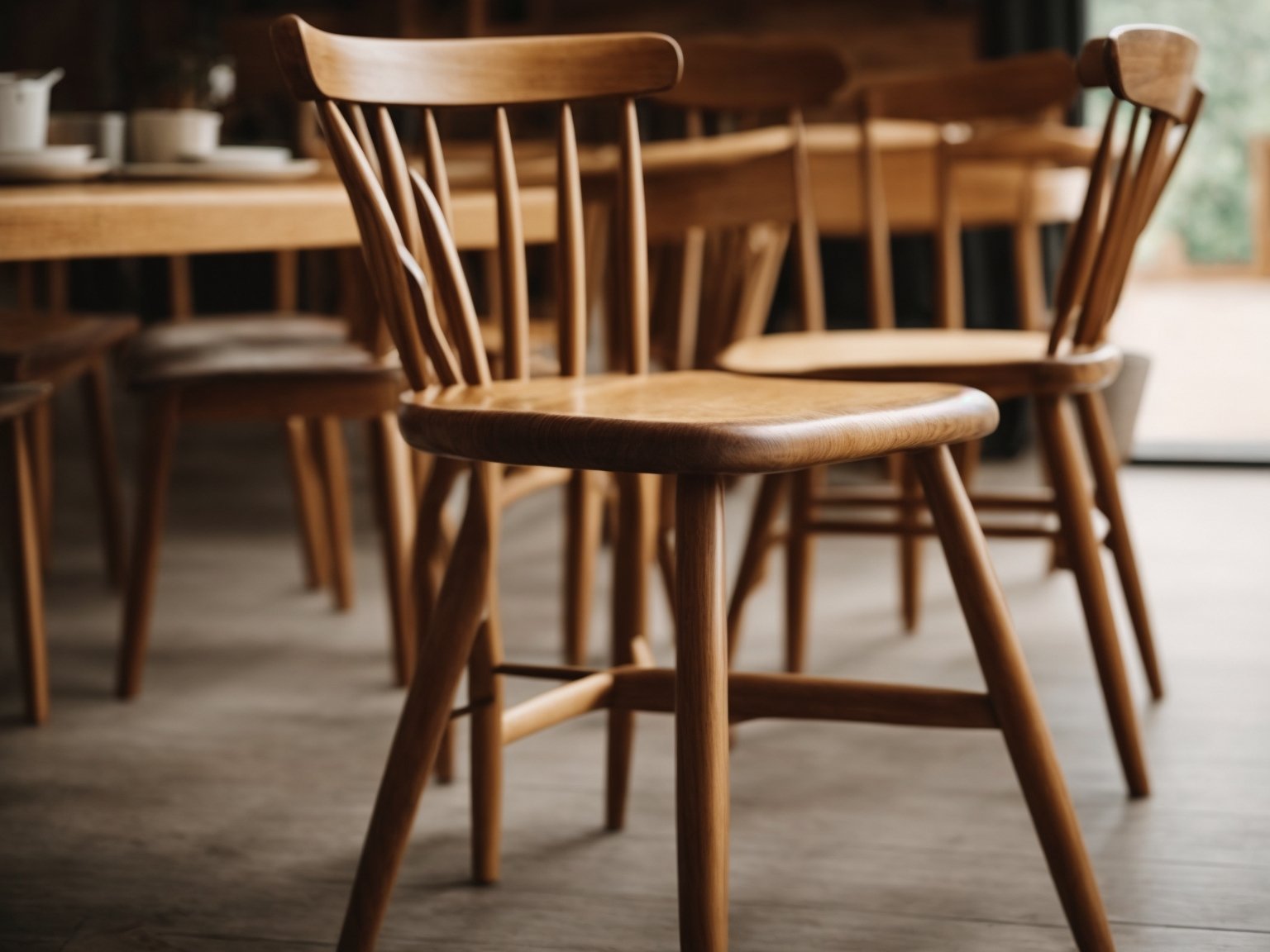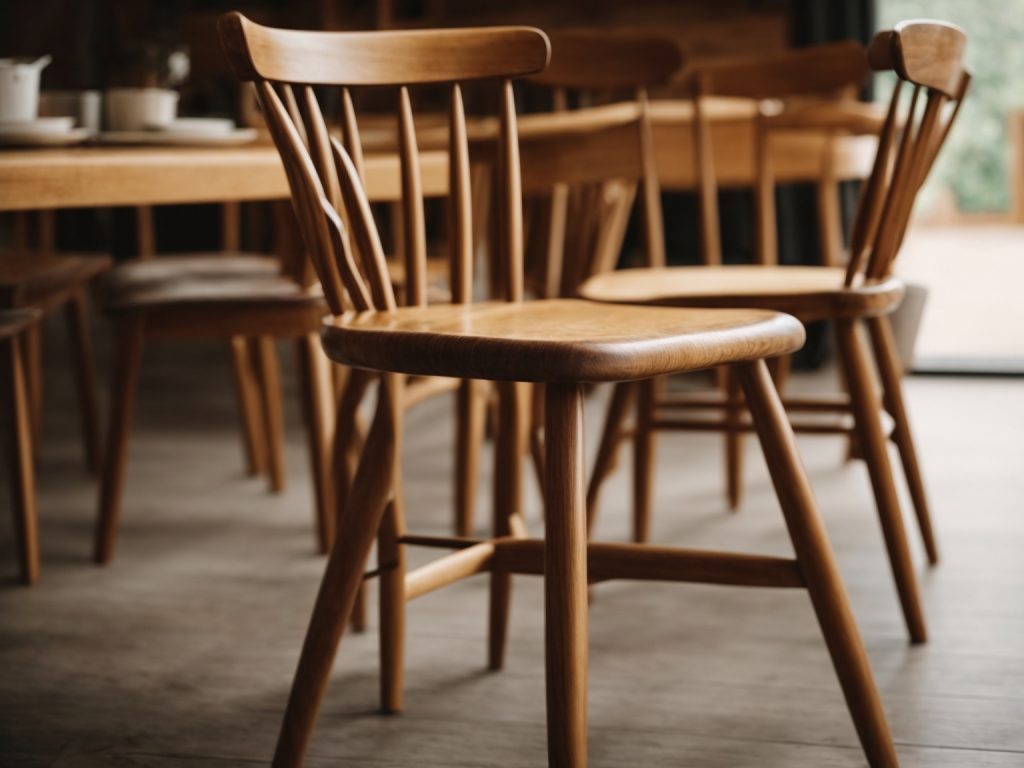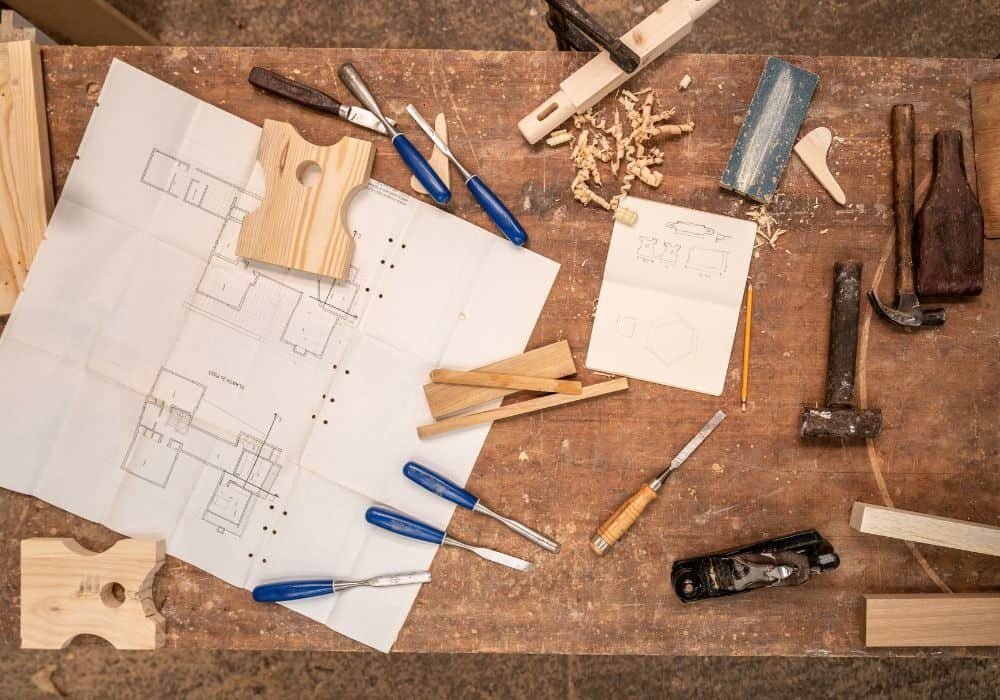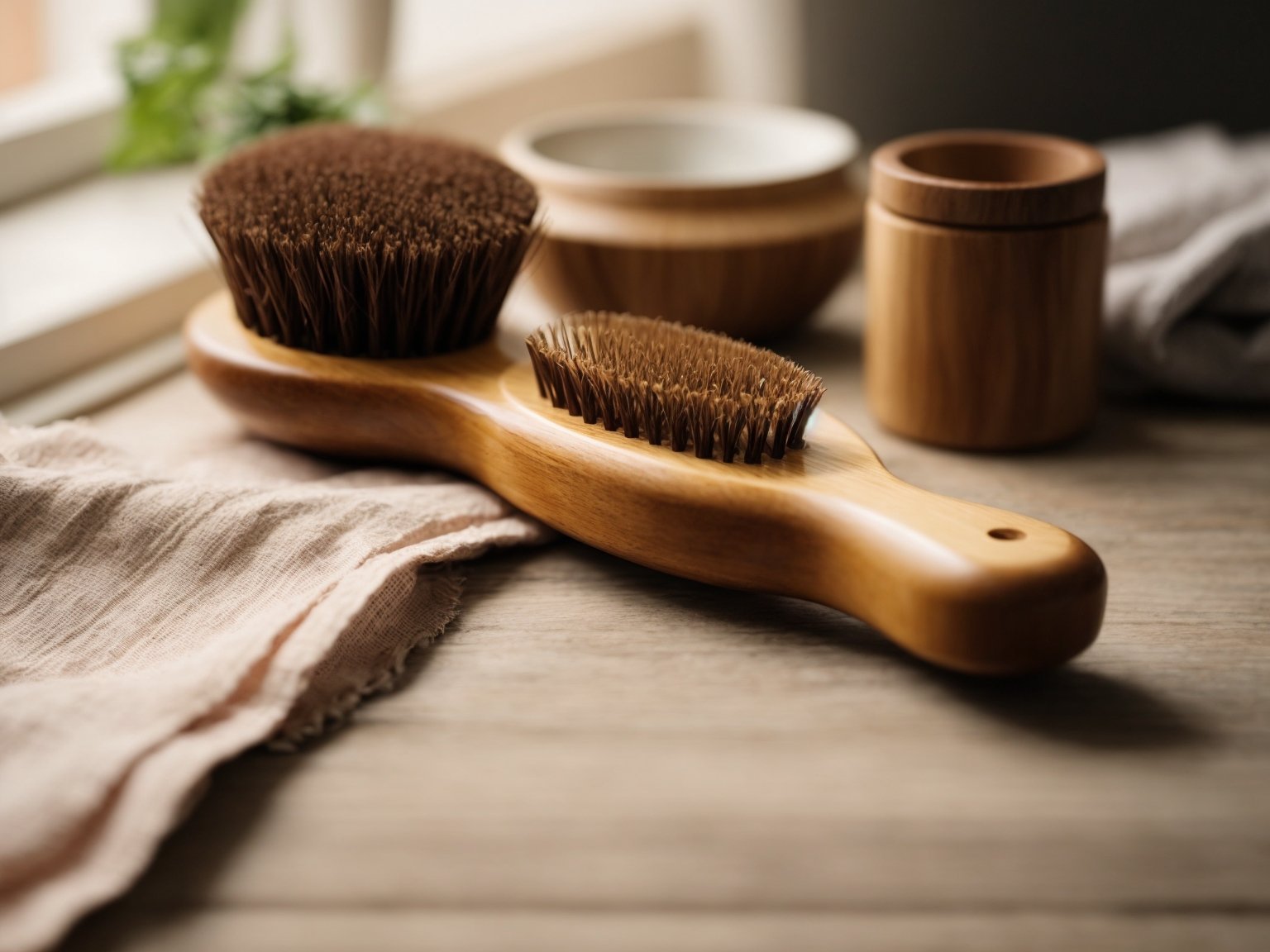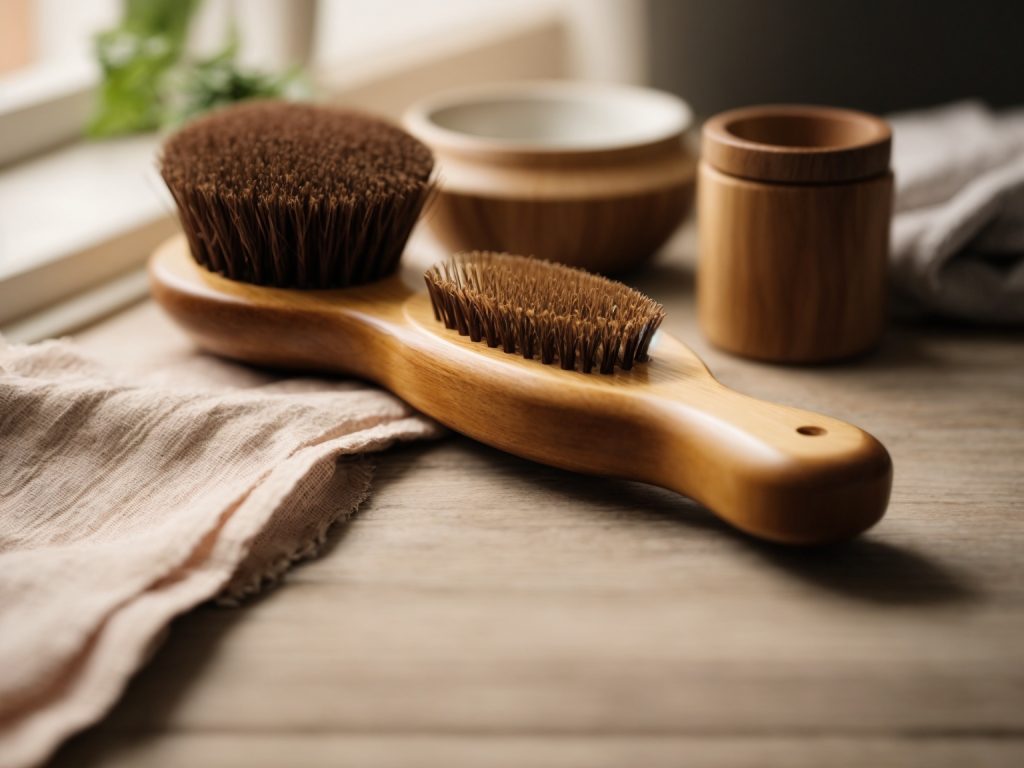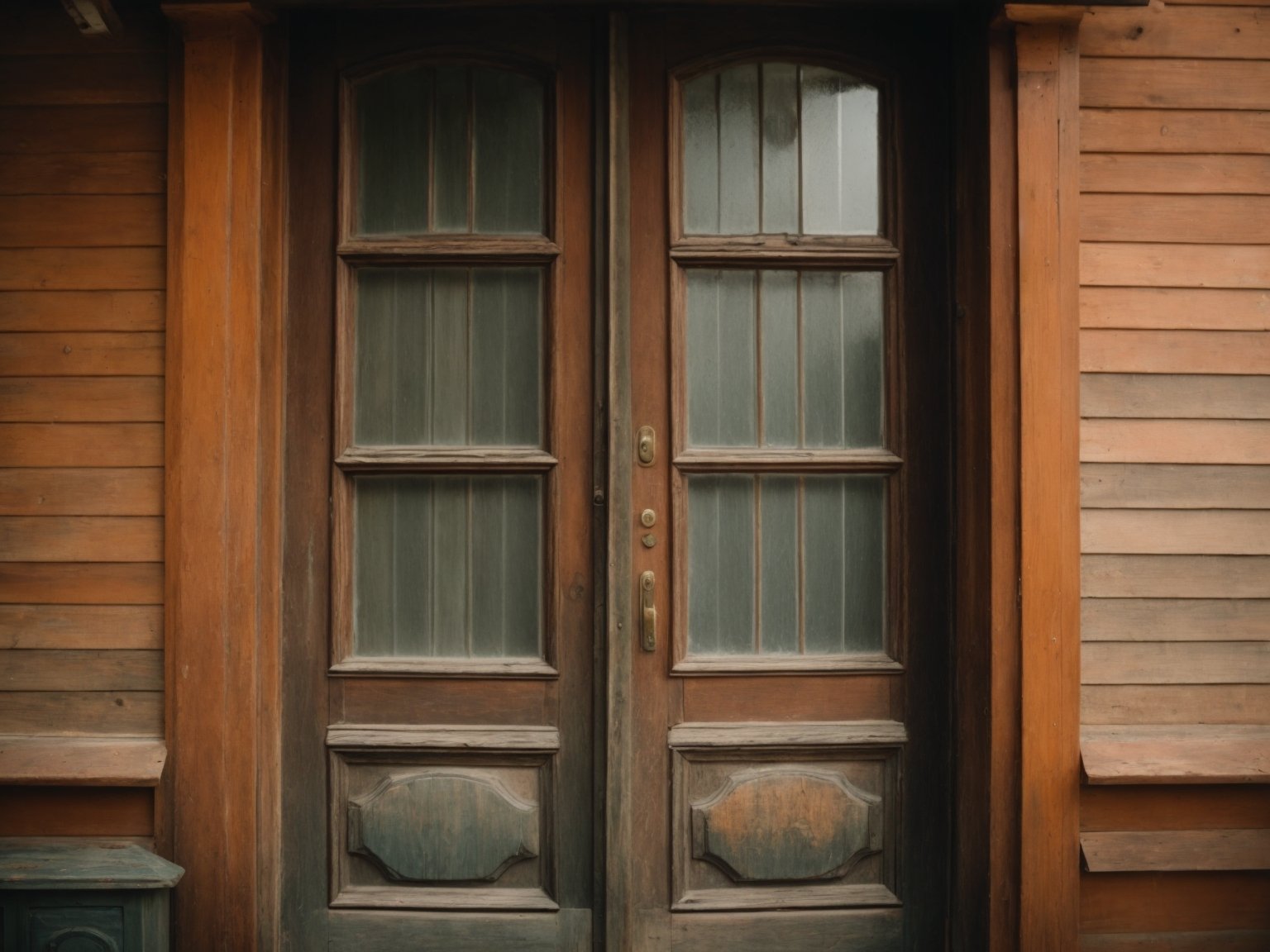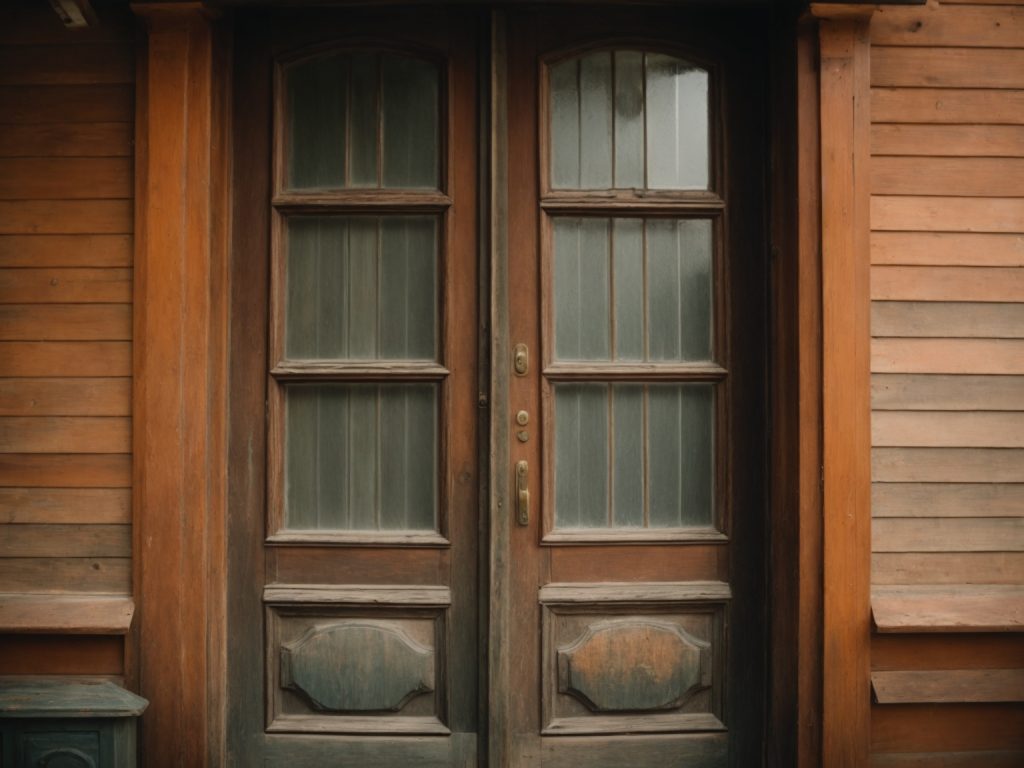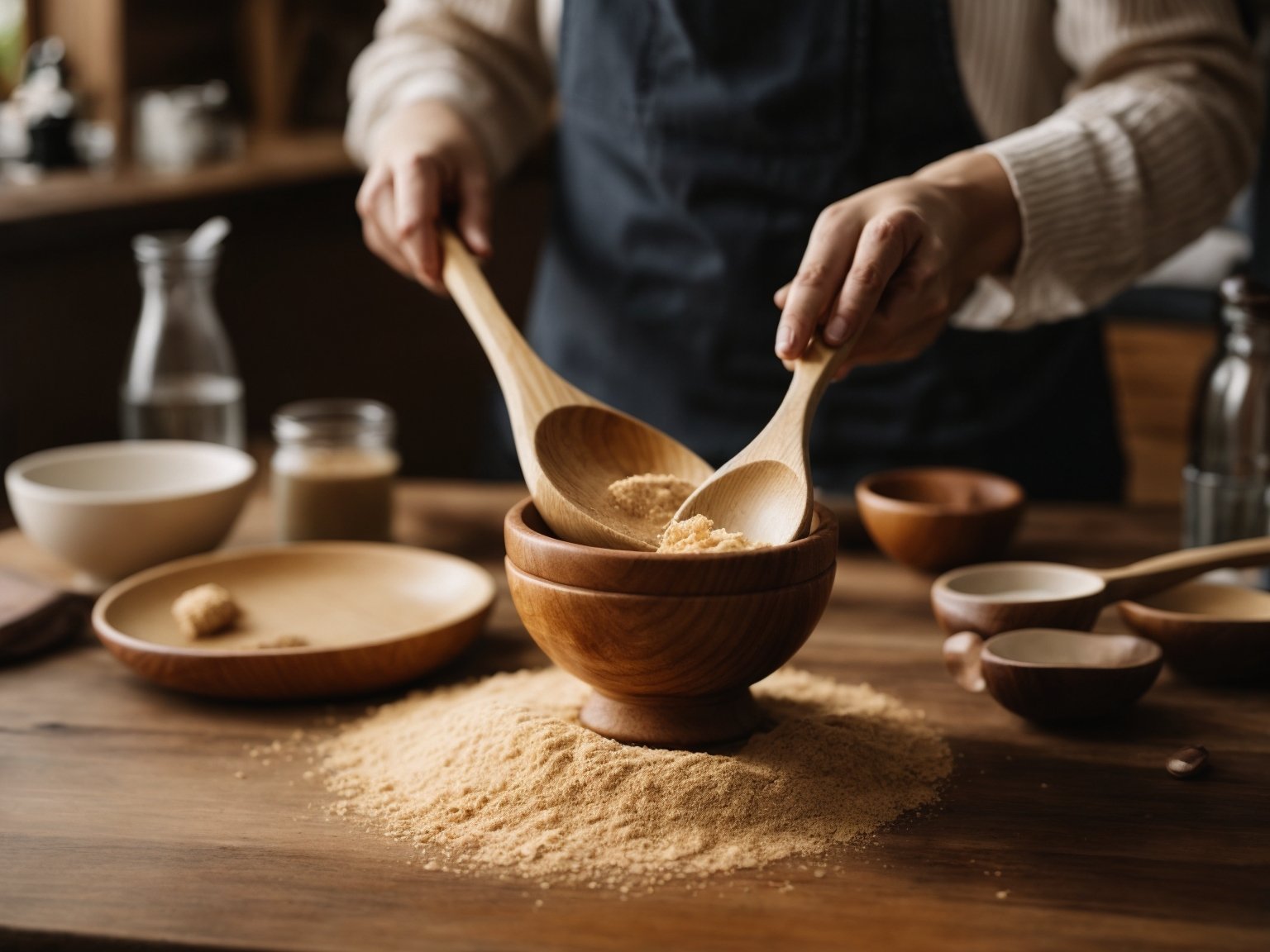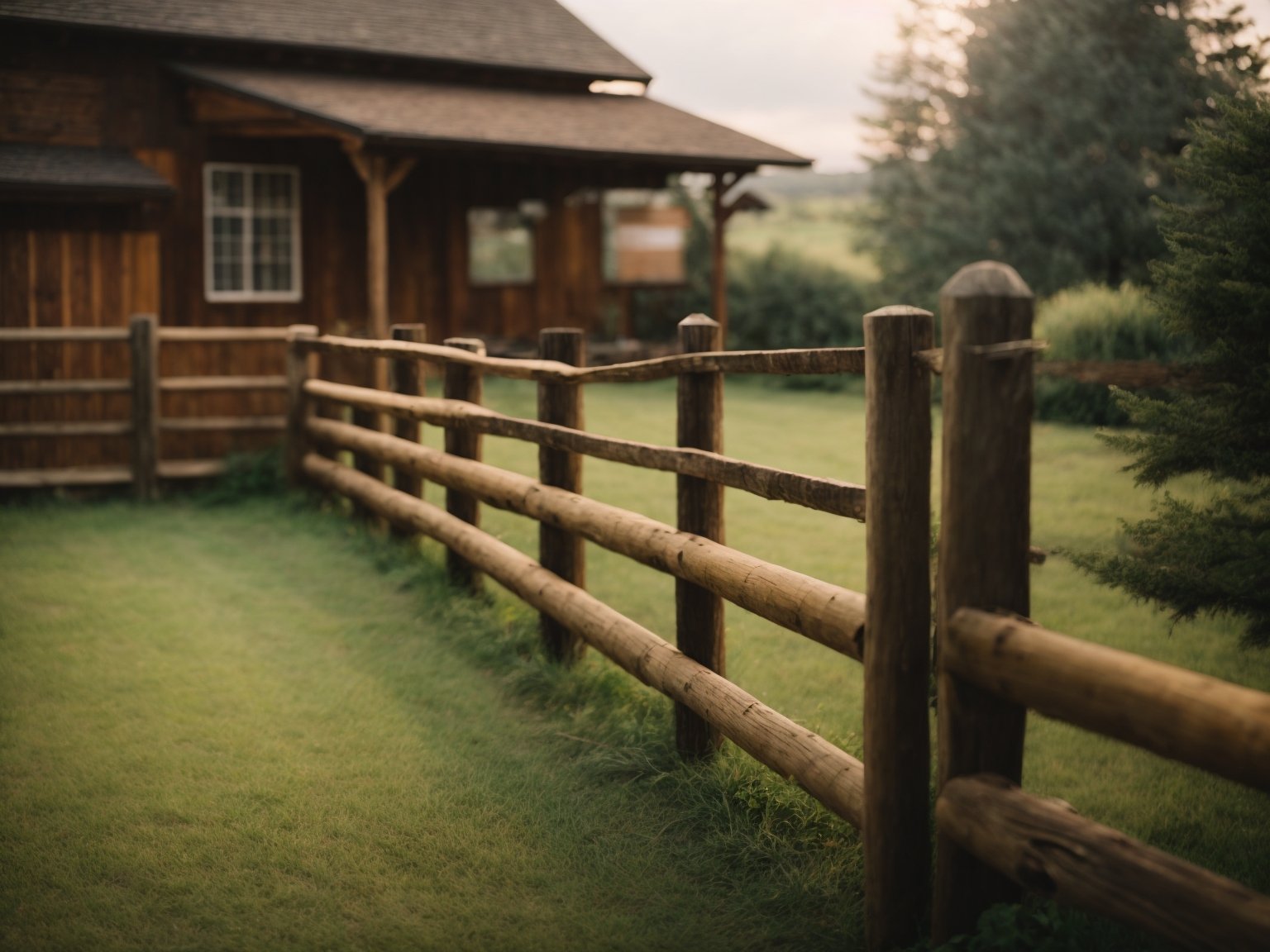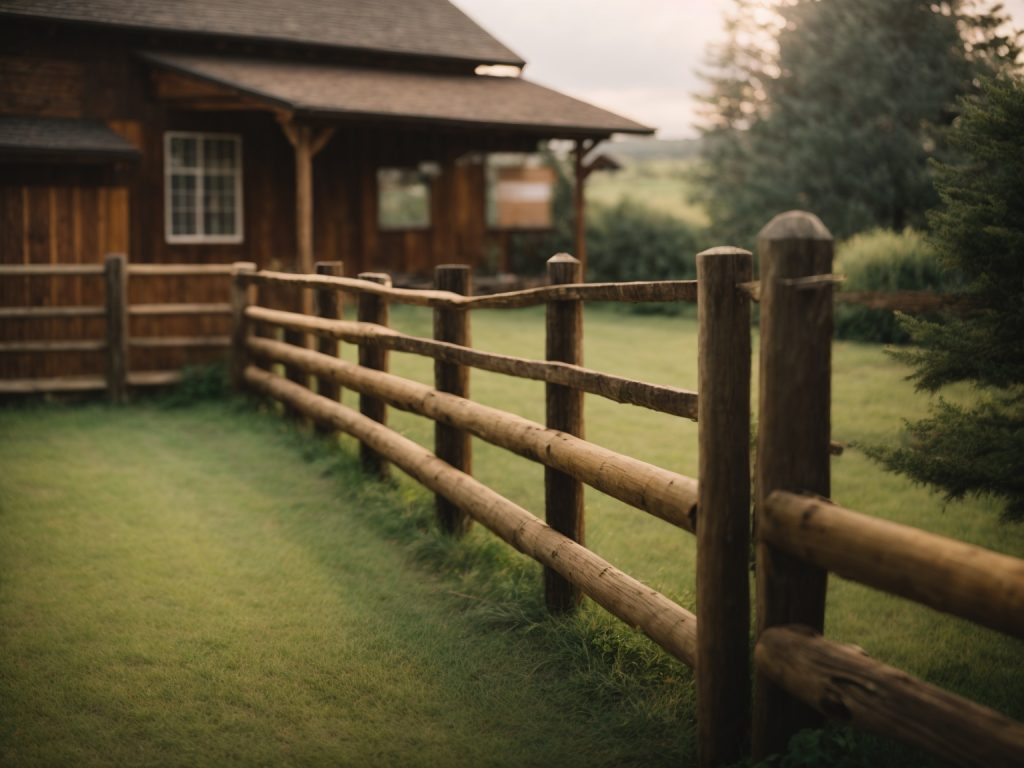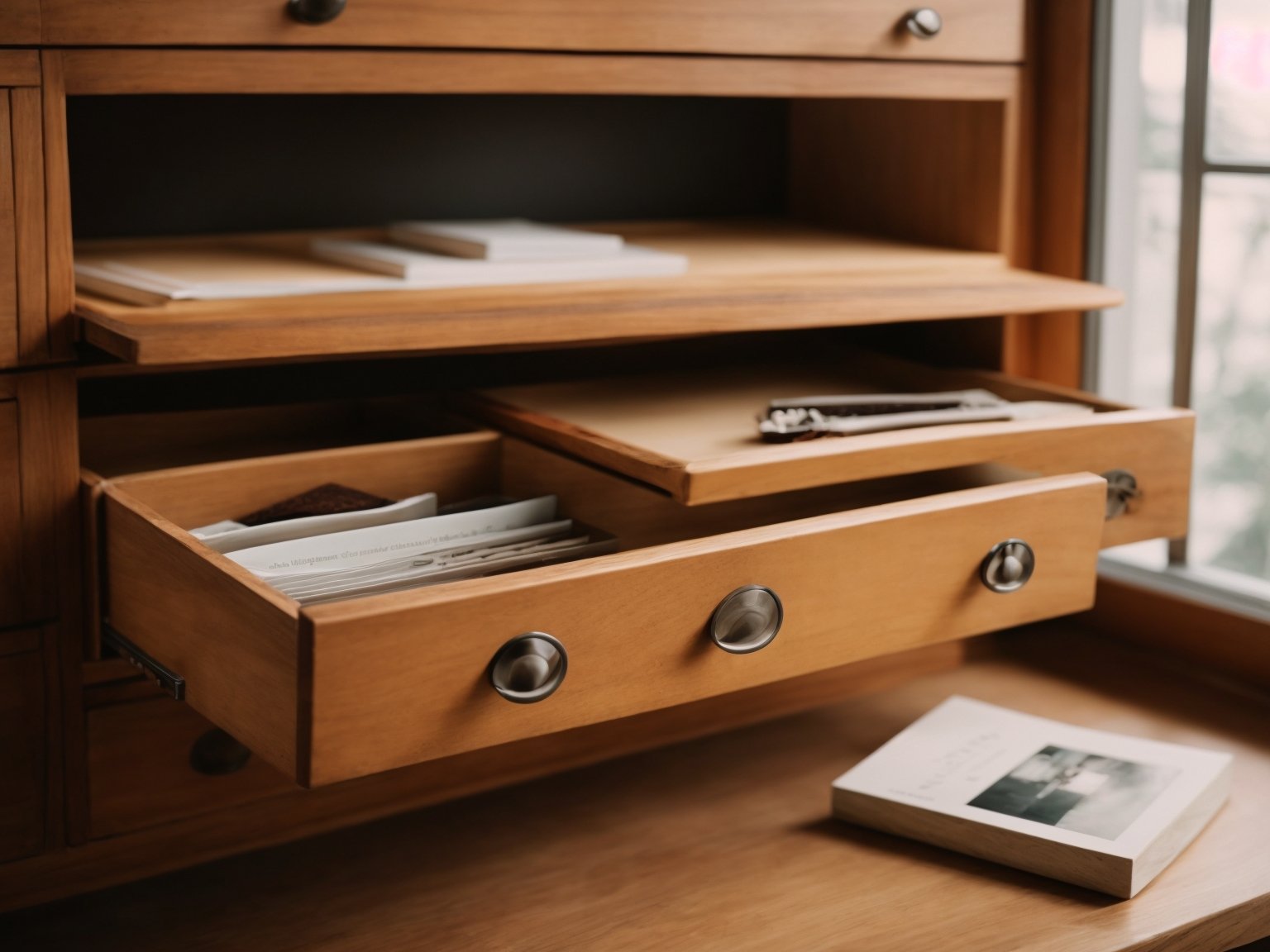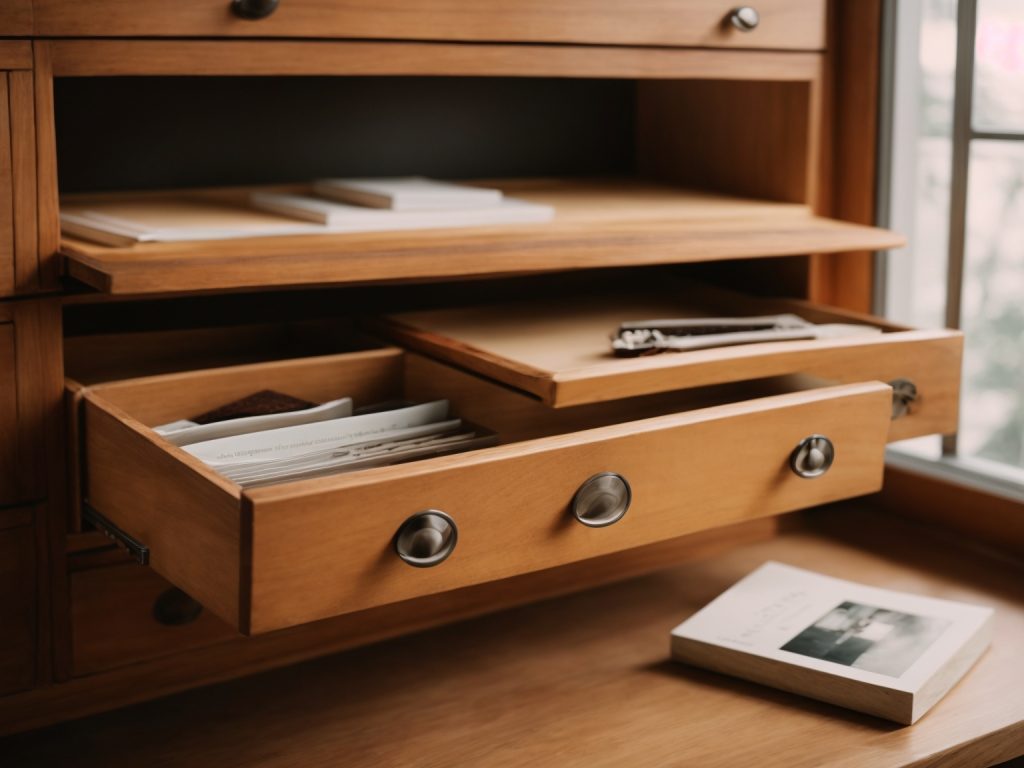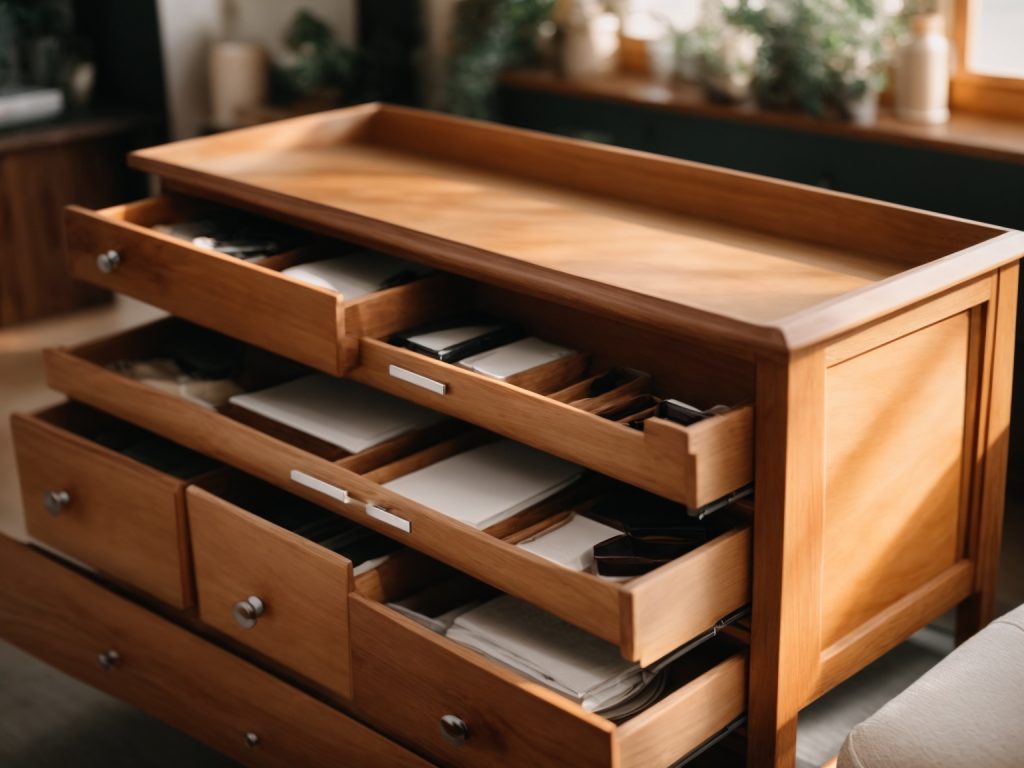If you’re an avid cook, you know how important it is to have clean and well-maintained kitchen utensils. Wooden spoons are a staple in any kitchen, but they can be tricky to clean. Not only can they absorb flavors and odors, but they can also harbor bacteria if not cleaned properly. In this article, we’ll walk you through some simple steps to keep your wooden spoons clean and in good condition.
First and foremost, it’s important to wash your wooden spoons after each use. Use warm water and soap to remove any food residue, and then rinse thoroughly. Never put your wooden spoons in the dishwasher, as the high heat can cause them to warp or crack. Instead, wash them by hand and let them air dry.
If your wooden spoons are looking a bit worse for wear, don’t worry! There are a few simple steps you can take to restore them to their former glory. Some methods include soaking your spoons in a mixture of water and vinegar or hydrogen peroxide, while others suggest using a paste made of baking soda and lemon juice. We’ll go over these methods in more detail later in the article. By following these tips, you can keep your wooden spoons clean and in great condition for years to come.
Understanding the Importance of Cleaning Wooden Spoons
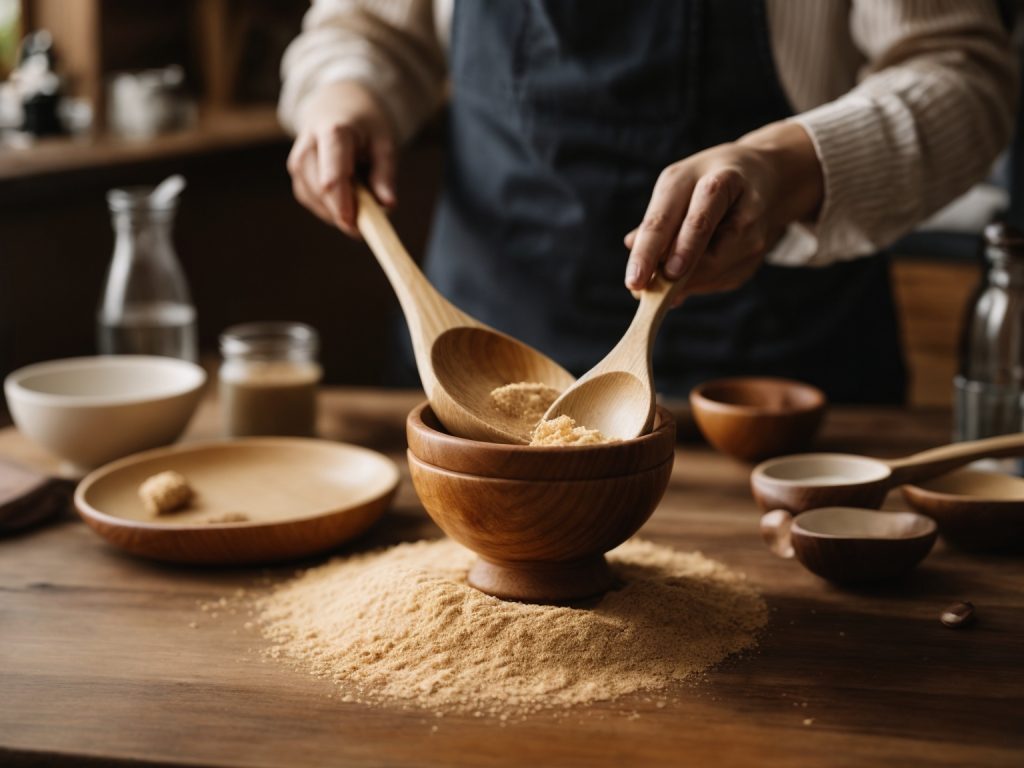
Wooden spoons are a staple in most kitchens, and for good reason. They are versatile, durable, and gentle on your cookware. However, they require proper care and maintenance to ensure their longevity. One of the most important aspects of caring for wooden spoons is cleaning them regularly.
When you use wooden spoons to cook, they come into contact with various types of food, including acidic and oily substances. Over time, these substances can build up on the surface of the spoon, leading to discoloration, odors, and even mold growth. If left uncleaned, these spoons can become a breeding ground for harmful bacteria that can cause foodborne illnesses.
Regular cleaning of wooden spoons is essential to remove any build-up of food, oils, and bacteria. By cleaning your wooden spoons after each use, you will prevent any harmful substances from accumulating on the surface of the spoon. This will not only keep your spoons looking clean and new but also ensure that they are safe to use.
When cleaning wooden spoons, it is important to avoid using harsh chemicals or abrasive sponges, as these can damage the surface of the spoon. Instead, use mild soap and warm water to gently clean the spoon. You can also soak the spoon in a 50/50 mix of water and hydrogen peroxide or distilled white vinegar for a deep clean.
In conclusion, cleaning your wooden spoons regularly is crucial to maintaining their longevity and ensuring that they are safe to use. By taking the time to clean your spoons properly, you will not only keep them looking new but also protect your health and the health of those who use your kitchen.
Materials Needed for Cleaning
Cleaning your wooden spoons is a simple process that only requires a few materials. Here are the things you’ll need:
Dish soap
Dish soap is an essential ingredient for cleaning your wooden spoons. It helps to remove dirt, grime, and bacteria from the surface of the spoon.
Water
You’ll also need water to rinse off the soap and any debris from the spoon. Make sure to use warm water, as hot water can damage the wood.
Non-abrasive sponge
A non-abrasive sponge is perfect for cleaning wooden spoons. It’s gentle enough to avoid scratching the wood, but tough enough to remove any tough stains.
Hydrogen peroxide or distilled white vinegar
For a deep clean, you can use hydrogen peroxide or distilled white vinegar. These products have antibacterial properties that help to kill germs and bacteria on the surface of the spoon.
Mineral, walnut, tung, or linseed oil
To keep your wooden spoons in good condition, you’ll need to oil them periodically. Mineral, walnut, tung, or linseed oil are all excellent options for this. They help to keep the wood moisturized and prevent it from drying out and cracking.
Clean cloth
After cleaning and oiling your wooden spoons, you’ll need a clean cloth to wipe off any excess oil and make sure the spoon is dry before using it again.
By having these materials on hand, you’ll be able to keep your wooden spoons clean and in good condition for years to come.
Pre-Cleaning Steps
Before you start cleaning your wooden spoons, there are a few pre-cleaning steps you should take to ensure that the spoons are properly cleaned and maintained.
Rinsing the Spoons
The first step is to rinse the spoons under running water to remove any food particles or debris that may be stuck on them. You can use a non-abrasive sponge to gently scrub the surface of the spoons to remove any stubborn residue. Avoid using harsh detergents or abrasive cleaners as they can damage the wood and cause it to crack or split.
Inspecting for Damage
After rinsing the spoons, inspect them for any signs of damage. Check for cracks, splits, or splinters in the wood. If you find any damage, it’s best to discard the spoon as it can be a breeding ground for bacteria.
If the spoons are in good condition, you can proceed to the next step of cleaning them. Remember, it’s important to take care of your wooden spoons to extend their lifespan and ensure that they remain safe to use in your kitchen.
Deep Cleaning Process
When it comes to deep cleaning your wooden spoons, there are a few things to keep in mind. Here are two effective methods for deep cleaning your wooden spoons:
Using Mild Soap
To deep clean your wooden spoons with mild soap, follow these steps:
- Fill a sink or basin with warm water and add a small amount of mild dish soap.
- Place your wooden spoons in the water and use a non-abrasive sponge to gently scrub them.
- Rinse the spoons with warm water and dry them immediately with a clean towel.
- For extra protection, you can apply a thin layer of mineral oil to your wooden spoons after they have dried.
Using Vinegar
Another effective method for deep cleaning your wooden spoons is by using vinegar. Here’s how to do it:
- Mix equal parts of water and distilled white vinegar in a container.
- Immerse your wooden spoons in the mixture and let them soak for at least 15 minutes.
- Use a non-abrasive sponge to scrub the spoons gently.
- Rinse the spoons with warm water and dry them immediately with a clean towel.
- For extra protection, you can apply a thin layer of mineral oil to your wooden spoons after they have dried.
Remember, it’s important to avoid soaking your wooden spoons in water, as this can cause them to warp and crack. By following these deep cleaning methods, you can help extend the lifespan of your wooden spoons and keep them looking like new.
Drying Wooden Spoons Properly
After washing your wooden spoons, it is important to dry them properly to prevent warping, cracking, or mold growth. Here are some tips for drying your wooden spoons:
- Air-dry your wooden spoons: The best way to dry wooden spoons is to let them air dry naturally. Place them in a dish rack or on a clean towel and let them dry completely before storing them.
- Don’t use a dishwasher: Wooden spoons should never be washed in a dishwasher as the high heat and moisture can damage the wood and cause it to warp or crack.
- Avoid direct sunlight: Direct sunlight can cause the wood to dry out too quickly and may cause it to crack. It is best to dry your wooden spoons in a shaded area or indoors.
- Use a clean towel: If you need to dry your wooden spoons immediately, use a clean towel to wipe them dry. Make sure the towel is clean and dry to prevent any bacteria or mold growth.
- Store your wooden spoons properly: Once your wooden spoons are completely dry, store them in a dry and well-ventilated area. Avoid storing them in airtight containers or plastic bags as this can trap moisture and cause mold growth.
By following these simple tips, you can ensure that your wooden spoons stay in good condition and last for years to come.
Maintenance Tips
Regular Cleaning
To keep your wooden spoons in good condition, it is essential to clean them regularly. Hand wash your wooden spoons with warm water and soap after each use. Avoid using harsh detergents or abrasive sponges that can damage the wood’s surface. Rinse the spoons thoroughly and dry them with a clean towel or air dry them.
If you notice any stubborn stains or food residue on the spoons, soak them in a mixture of warm water and vinegar for about 15 minutes before washing them. You can also use a non-abrasive sponge or a soft-bristled brush to scrub off any remaining stains. Make sure to rinse the spoons thoroughly and dry them completely before storing them.
Oil Treatment
Wooden spoons can dry out over time, which can cause them to split or crack. To prevent this from happening, it is essential to treat your wooden spoons with oil periodically. Mineral, walnut, tung, or linseed oil are all good options for treating wooden spoons.
To oil your wooden spoons, apply a small amount of oil to a clean cloth and rub it into the spoon’s surface. Make sure to coat the entire spoon, including the handle and any crevices or joints. Let the oil soak in for a few minutes, then wipe off any excess oil with a clean cloth. Repeat this process once a month or as needed to keep your wooden spoons in good condition.
By following these maintenance tips, you can extend the lifespan of your wooden spoons and keep them looking and functioning like new for years to come.
Common Mistakes to Avoid
When it comes to cleaning wooden spoons, there are a few common mistakes that people often make. Avoiding these mistakes will help ensure that your wooden spoons remain in good condition for years to come.
Mistake #1: Using Harsh Cleaners
One of the biggest mistakes people make when cleaning wooden spoons is using harsh cleaners. Harsh cleaners can damage the wood and cause it to dry out, crack, or split. Instead, use mild dish soap and warm water to clean your wooden spoons.
Mistake #2: Soaking Wooden Spoons
Another mistake people often make is soaking wooden spoons in water for extended periods. This can cause the wood to absorb too much moisture, which can lead to warping or cracking. Instead, wash your wooden spoons by hand and dry them immediately afterward.
Mistake #3: Putting Wooden Spoons in the Dishwasher
Putting wooden spoons in the dishwasher is a big no-no. The high heat and harsh detergents can damage the wood and cause it to split or crack. Instead, wash your wooden spoons by hand and dry them immediately afterward.
Mistake #4: Using High Heat to Dry Wooden Spoons
When drying your wooden spoons, avoid using high heat sources like ovens or microwaves. High heat can cause the wood to dry out too quickly, which can lead to cracking or splitting. Instead, air dry your wooden spoons or use a soft towel to dry them by hand.
By avoiding these common mistakes, you can help ensure that your wooden spoons remain in good condition for years to come.
FAQs About Cleaning Wooden Spoons
Cleaning wooden spoons is an essential part of maintaining their longevity and hygiene. Here are some frequently asked questions about how to clean wooden spoons.
How often should you clean your wooden spoons?
You should clean your wooden spoons after each use to prevent the buildup of bacteria and food residue. It’s best to wash them by hand with warm, soapy water and let them air dry completely before storing them.
Can you put wooden spoons in the dishwasher?
No, you should never put wooden spoons in the dishwasher. The high heat and harsh detergents can damage the wood and cause it to warp or crack. Hand washing is the best way to clean wooden spoons.
How do you remove stains from wooden spoons?
To remove stains from wooden spoons, mix equal parts baking soda and water to form a paste. Apply the paste to the stained area and let it sit for a few minutes before rinsing it off with warm water. For tougher stains, you can also try rubbing the area with a slice of lemon or a few drops of vinegar.
How do you prevent wooden spoons from drying out?
To prevent wooden spoons from drying out and cracking, it’s important to oil them regularly. Use a food-safe oil like mineral oil, walnut oil, or linseed oil. Apply a small amount of oil to a clean cloth and rub it into the wood, making sure to cover the entire surface. Let the oil soak in for a few hours before wiping off any excess with a clean cloth.
Can you use bleach to clean wooden spoons?
No, you should never use bleach to clean wooden spoons. Bleach is too harsh and can damage the wood, causing it to become brittle and crack. Stick to gentle, natural cleaning methods like soap and water or vinegar and baking soda.


